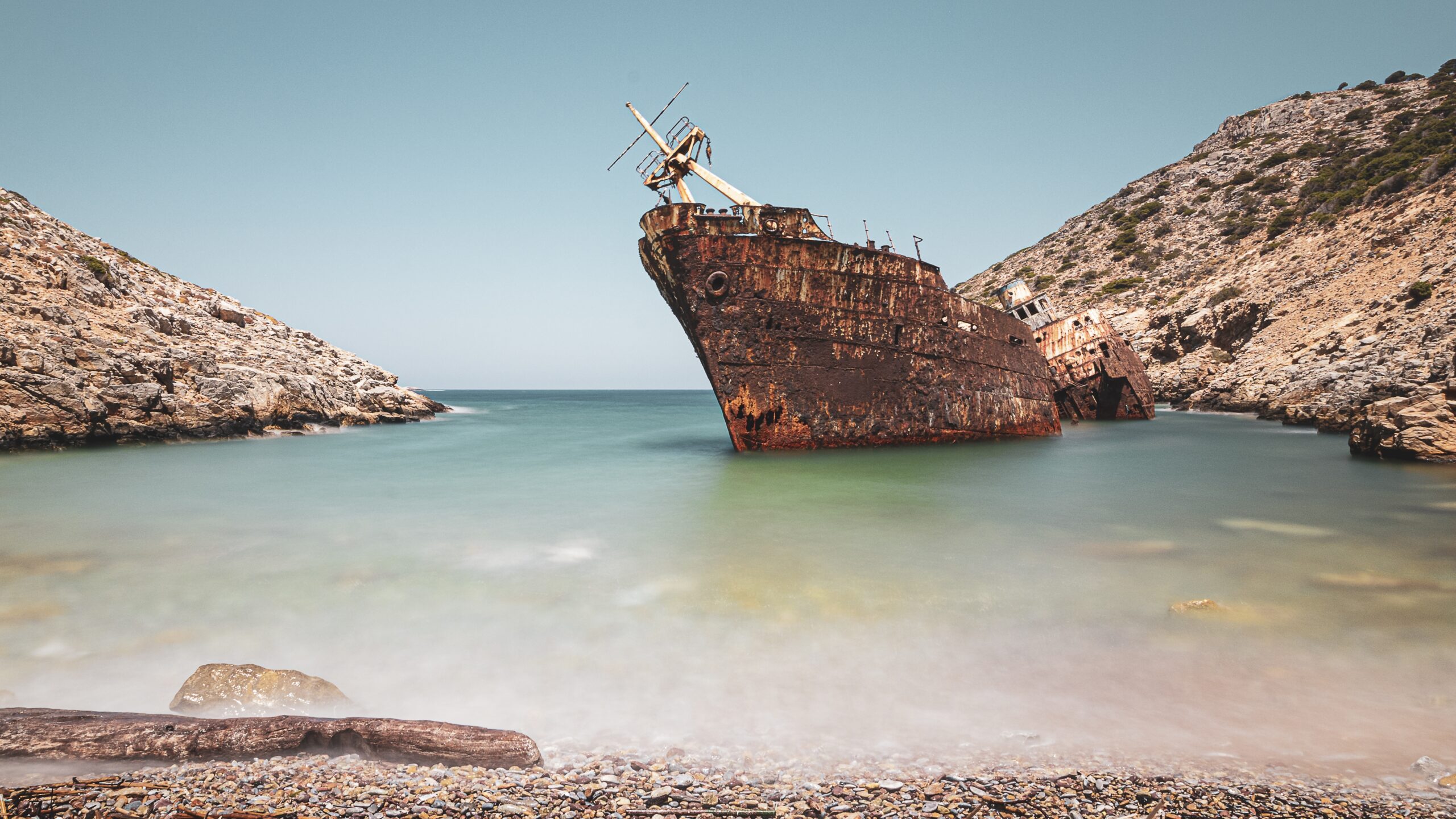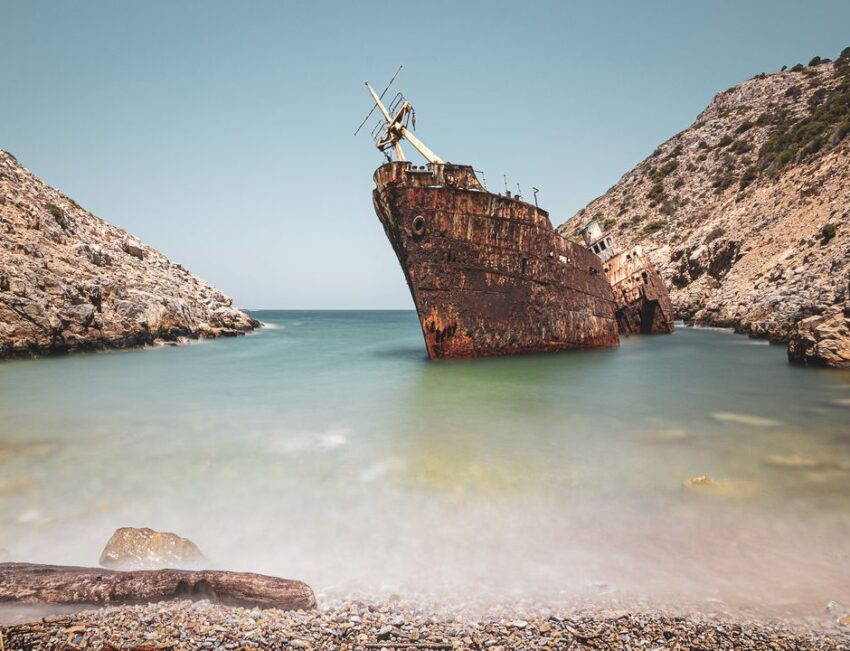The Panama Canal, an engineered water passage connecting the Atlantic and Pacific Oceans, has played a pivotal role in the international maritime industry for more than a century. According to the Panama Canal Authority (ACP), it now serves as a conduit linking nearly 2,000 ports across 170 countries, with the United States, China, and Japan ranking as the primary origin and destination nations. In the year 2022, this remarkable waterway facilitated over 14,000 ship transits, transporting a staggering 291 million long tonnes of cargo.
However, in recent months, the flow of traffic through the canal has experienced a significant slowdown. This slowdown can be attributed to an extended period of drought that has severely depleted the crucial water resources required to fill the canal locks. These locks demand an astonishing 101,000 cubic meters of water per filling, sourced from nearby lakes. Consequently, the Panama Canal Authority (ACP) has had to implement restrictions on the number of vessels permitted to traverse the canal during these arid months, owing to the scarcity of water. Additionally, they have imposed limitations on the permissible depth of ships navigating the canal, thereby reducing the cargo-carrying capacity of these vessels.
Keep reading for a detailed report of the Panama Canal drought and its impact on the international maritime industry.

The drought in Panama Canal and how it is impacting the international maritime industry
What led to the drought in the Panama Canal?
The current drought in the Panama Canal can be attributed to the naturally occurring El Niño climate pattern, characterized by unusually warm waters in the central and eastern tropical Pacific Ocean. This climatic phenomenon has disrupted normal weather patterns in the region, leading to a significant decrease in rainfall.
Data from both the canal authority and the Smithsonian Tropical Research Institute (STRI) indicate that the area surrounding the canal is currently experiencing one of the driest periods in Panama’s recorded history, spanning 143 years. Rainfall measurements in the vicinity have fallen to levels 30-50% below the usual annual averages.
Despite the presence of the rainy season, water levels in Gatun Lake, which serves as the primary reservoir for the Panama Canal’s lock system, remain below their expected levels. There is growing concern that the early onset of Panama’s dry season, combined with the elevated temperatures typical of significant El Niño events in the region, could intensify evaporation from Gatun Lake. This, in turn, may lead to water levels approaching historic lows by March or April of 2024, as cautioned by Steven Paton from STRI.
Paton, an experienced observer of Panama’s rainfall patterns for over three decades, characterizes the current situation as the culmination of several adverse events. Over the last 25 years, within the canal’s 109-year history, there has been a noticeable increase in the frequency of significant El Niño-related drying patterns. If this trend persists, it could pose increasing challenges for the Panama Canal’s ability to accommodate the passage of the largest vessels through its waters.
Impact of the drought on the container shipping sector
Falling water level
The ongoing drought is having a significant impact on container shipping operations, with Maersk, one of the world’s largest shipping companies, being forced to make adjustments. According to Lars Ostergaard Nielsen, the head of the Americas liner operations center at Maersk, the drought has led to Maersk loading approximately 2,000 fewer containers than their typical capacity on the same vessel. This reduction in cargo capacity is a direct result of the current water level conditions.
Normally, container ships operating through the Panama Canal adhere to a maximum depth limit of 50 feet. However, due to the current water scarcity, there are restrictions in place, mandating a draft limit of 44 feet. This means that container ships must either reduce the weight of their cargo or transport fewer goods to comply with these restrictions. As Nielsen pointed out, even a difference of six feet in water depth can have a significant impact on shipping operations.
It’s worth noting that the challenges posed by climate-related vulnerabilities are not exclusive to the Panama Canal. The ocean freight shipping industry faces potential difficulties caused by low water levels on other vital waterways as well. For example, the Rhine River, a critical trade route stretching from Germany through various European cities to the port of Rotterdam in the Netherlands, is also susceptible to low water levels, which can disrupt shipping and commerce throughout the region.
Backlog of vessels
The Panama Canal is currently contending with a significant backlog of 154 vessels, which has led to a reduction in available slots for carriers to reserve passage. This measure is an attempt to address congestion issues that have arisen due to the prolonged drought conditions affecting operations at this crucial shipping hub since the spring. As a consequence of these challenges, the waiting period for vessels to navigate through the canal has now extended to approximately 21 days.
For U.S. shippers destined for Gulf and East Coast ports, the Panama Canal plays an indispensable role as a vital trade link. The United States stands as the largest user of the Panama Canal, with American commodity exports and imports accounting for roughly 73% of the total traffic passing through the canal. Each year, approximately 40% of all U.S. container traffic relies on the canal, representing an astonishing $270 billion worth of cargo. The current backlog and extended wait times are therefore of great concern to U.S. trade and commerce, impacting the flow of goods and the economy as a whole.
Reduced daily transit
According to reports from Reuters, the Panama Canal Authority recently announced a reduction in the number of daily transits from 32 to 31, down from the usual 40 per day. This means that only nine vessels a day will have access to its neo-panamax locks, which are theoretically designed to accommodate vessels with capacities of up to 14,000 twenty-foot equivalent units (TEU), although current draught restrictions prevent them from being fully laden. Additionally, 22 ships a day will have access to its panamax locks.
These developments underscore the growing challenges faced by the Panama Canal due to the prolonged drought conditions. The reduction in daily transits and the limitations on vessel capacities are indicative of the broader impacts that the water scarcity is having on the canal’s operations, potentially affecting a wider range of shipping sectors beyond international maritime industry.
The Panama Canal will experience a reduction in its daily ship crossings from 32 to 31. This measure is being implemented to mitigate the impact of a severe and ongoing drought expected to persist until the following year. The Panama Canal Authority (ACP) has been implementing various restrictions in recent months to conserve water due to the drought. These restrictions include reducing vessel draft limits and daily passage authorizations, which have typically been set at 36 per day.
Wrapping up
Experts have expressed concerns about potential disruptions to maritime trade, as the current dry period is anticipated to continue into the next year, becoming even drier. There is a risk of an early onset of Panama’s dry season and higher-than-average temperatures, which could result in increased evaporation and the potential for near-record-low water levels in April.
These restrictions have already resulted in long queues of waiting vessels, although the canal administration reported that levels were normal on a recent Friday. Nevertheless, the effects of these challenges have led the canal to estimate a reduction in revenues of up to $200 million by the year 2024, underscoring the economic implications of the ongoing drought and its impact on one of the world’s most critical trade routes.


